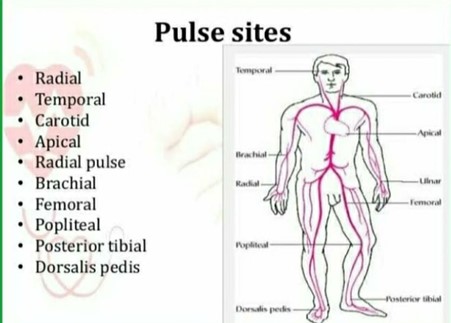A nurse is providing interventions for a client with panic disorder.
Which interventions should the nurse include in the plan of care? (Select all that apply).
Provide a safe and calm environment for the client during a panic attack.
Use therapeutic communication skills to establish rapport and trust with the client.
Educate the client about panic disorder and its treatment options.
Encourage the client to participate in cognitive-behavioral therapy (CBT).
Refer the client to self-help groups for peer support and education.
Correct Answer : A,B,C,D,E
Choice A rationale:
Provide a safe and calm environment for the client during a panic attack. Creating a safe and calm environment is crucial during a panic attack. It can help the client feel more secure and reduce the intensity and duration of the panic attack.
Choice B rationale:
Use therapeutic communication skills to establish rapport and trust with the client. Therapeutic communication is essential for clients with panic disorder. It helps establish a trusting relationship between the nurse and the client, which is crucial for effective treatment and support.
Choice C rationale:
Educate the client about panic disorder and its treatment options. Educating the client about their condition and available treatment options empowers them to make informed decisions about their care. It also reduces anxiety and fear associated with the disorder.
Choice D rationale:
Encourage the client to participate in cognitive-behavioral therapy (CBT). Cognitive-behavioral therapy is a well-established and effective treatment for panic disorder. Encouraging the client to participate in CBT can help them develop coping strategies and manage their symptoms.
Choice E rationale:
Refer the client to self-help groups for peer support and education. Self-help groups can provide valuable peer support and education to individuals with panic disorder. Being part of such a group can reduce feelings of isolation and provide practical advice for managing the condition.
Nursing Test Bank
Naxlex Comprehensive Predictor Exams
Related Questions
Correct Answer is ["A","C","D","E"]
Explanation
Choice A rationale:
Monitoring ETT markings between 22 and 26 cm at the teeth line is essential to ensure proper placement of the endotracheal tube (ETT). This helps confirm that the ETT is positioned correctly in the trachea.
Choice B rationale:
Checking for capillary refill is not a reliable method for verifying the placement of an ETT. It is more indicative of peripheral circulation and not related to airway management.
Choice C rationale:
Obtaining a portable chest x-ray is a crucial step to verify the exact placement of the ETT within the trachea and to rule out potential complications such as pneumothorax.
Choice D rationale:
Assessing for symmetrical chest movement is important because unequal chest rise and fall could indicate an issue with ETT placement or lung function.
Choice E rationale:
Auscultating for bilateral breath sounds is another method to confirm that the ETT is correctly positioned in the trachea and that both lungs are being ventilated adequately.
Correct Answer is C
Explanation
- A radial pulse is the pulse felt at the wrist, where the radial artery runs along the thumb side of the forearm. It is one of the most common sites for measuring a person's heart rate.
- To measure a radial pulse, the examiner should place two or three fingers over the radial artery, just below the wrist crease, and apply gentle pressure until a pulsation is felt. The examiner should not use the thumb, as it has its own pulse and may interfere with the accuracy of the measurement. The examiner should count the number of beats for 15, 30, or 60 seconds, depending on the regularity and rate of the pulse.
- In the picture, the unlicensed assistive personnel (UAP) is using the thumb to measure the radial pulse, which is incorrect. The practical nurse (PN) should demonstrate the correct pulse site to the UAP and explain why using the thumb is not appropriate. This will help to ensure that the UAP obtains an accurate and reliable pulse rate for the client.
Therefore, option C is the correct answer, while options A, B, and D are incorrect.
Option A is incorrect because instructing the UAP to report any abnormal findings does not address the error in technique.
Option B is incorrect because reminding the UAP to check the pulse volume does not address the error in technique.
Option D is incorrect because confirming the accuracy of the pulse rate obtained by the UAP does not address the error in technique.

Whether you are a student looking to ace your exams or a practicing nurse seeking to enhance your expertise , our nursing education contents will empower you with the confidence and competence to make a difference in the lives of patients and become a respected leader in the healthcare field.
Visit Naxlex, invest in your future and unlock endless possibilities with our unparalleled nursing education contents today
Report Wrong Answer on the Current Question
Do you disagree with the answer? If yes, what is your expected answer? Explain.
Kindly be descriptive with the issue you are facing.
